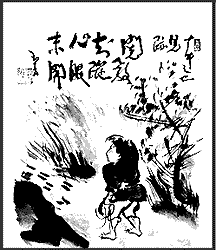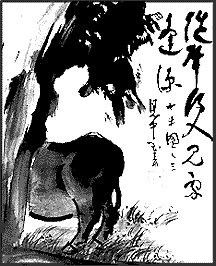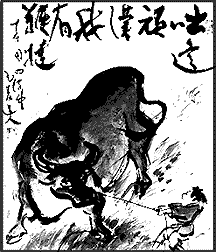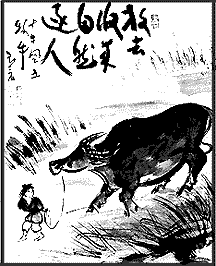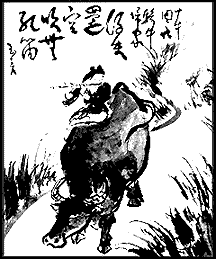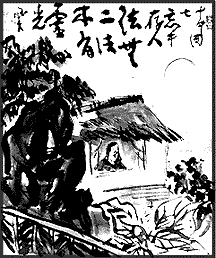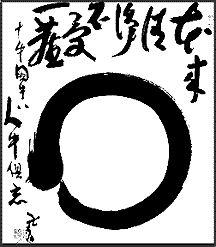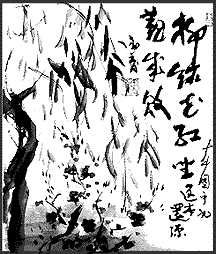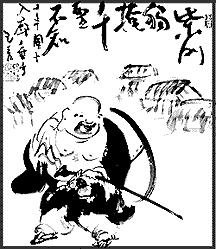“All metaphysical discussion is profitless unless it causes us to seek within the Self for the True Reality. All controversies about creation, the nature of the universe, evolution, the purpose of God, etc., are useless. They are not conducive to our true happiness. People try to find out about things which are outside of them before they try to find out “Who am I?” Only by the latter means can happiness be gained.”
Ramana Maharshi.
Wanting to know how life worked seemed such a modest endeavour when I was in my teens. It never occurred to me back then that I was pitting my wits against conundrums that had defeated intellects so much greater than my own – why would it? To say that the journey bore fruit is something of an understatement but it was not a fruit I could ever have imagined. It seems to me now, as if what unfolded – the people I met, the places I found myself in, the things that happened to me inwardly and outwardly – happened completely by accident, and in many instances they did so, but there were also choices and those choices often had a dramatic and unpredictable impact on the way my life story was written. How much I might have actually influenced the outcome is after all part of a mystery.
Now, fifty years on, I want to share what I discovered under all those metaphorical rocks I looked beneath. In a time when so much confusion surrounds human experience I think it is really important. I have also come to a point beyond doubt where I am certain of this material’s authenticity and in its ability to counter the nihilistic cynicism so prevalent in today’s society.
What has emerged as understanding is inevitably controversial and challenges many assumptions surrounding who or what we think we are. In particular this material engages with a seriously polarised and fascinating subject – essentially, ‘Do we live in a material universe permeated by a Spiritual Reality or a Material Universe devoid of any deeper principle?’ If you, as the reader, take the latter position then this blog will not be easy reading because it will challenge your core assumptions about the Nature of Reality.
Despite the protestations of the collective Secular Mind, human experience constantly infers that life is not what it seems – that it is not rational and that there is more to life, and therefore to us, than is evident at face value. But where to start? How do we make sense of the irrational? How do we validate a Spiritual Principleas being anything other than an incredible, but unprovable hypothesis? We are after all capable of bizarre feats of imagination and ceaselessly propose ideas that have no basis in fact simply because they present themselves to our minds?
Reading authentic works will strip away some of the unnecessary clutter that surrounds this subject but in the end experience counts for everything. Though the drive is to understand, Spiritual Practice is not an academic pursuit. Wisdom is insightful – it is Seen. It comes through Inner listening not through outward acquiring. How we unravel the conundrum, Who Am I, and validate the existence of a Spiritual Principle and then integrate it into our lives, is the real subject matter of this blog. This is, from a very particular perspective, how life actually works!



